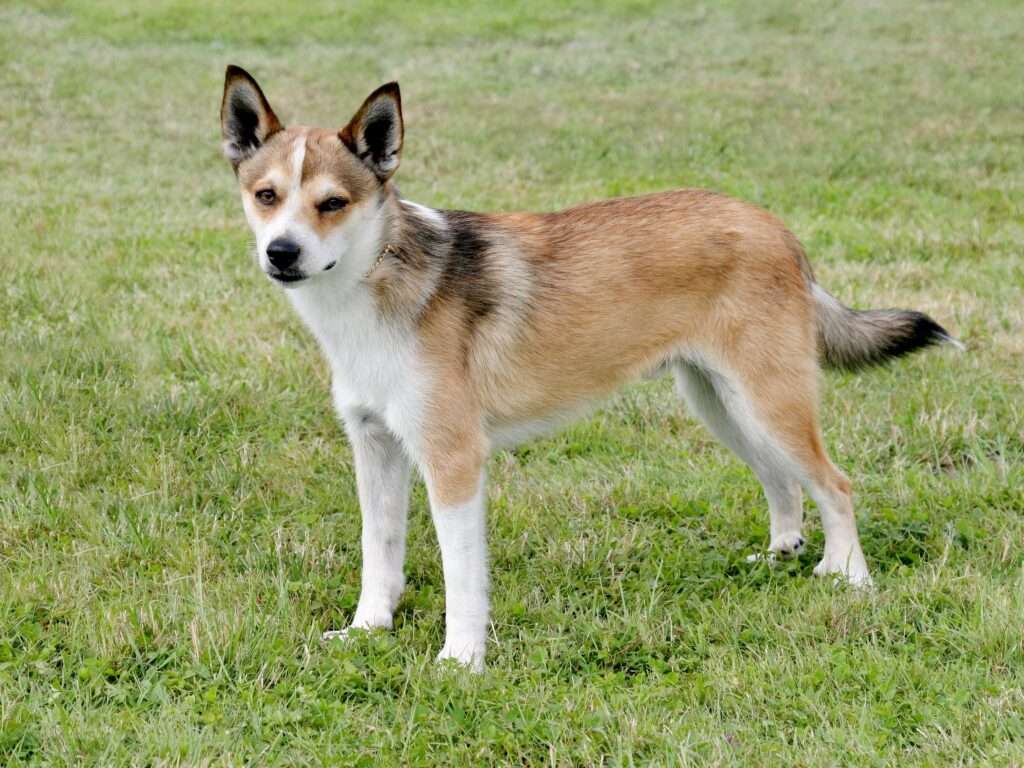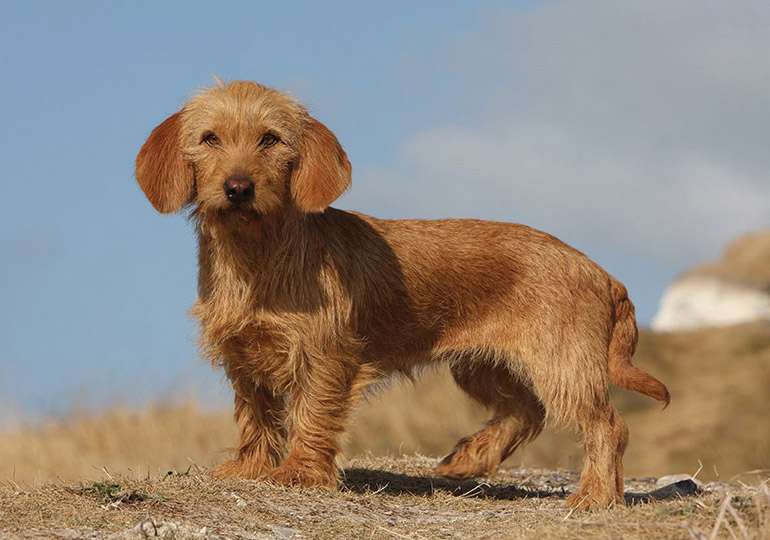
A small-to-medium non-sporting dog breed from Norway, the Norwegian lundehund has a double coat that is short but dense and is slightly thicker around the neck and thighs. There are some unique physical characteristics to this uncommon dog breed. It has extended paw pads and at least six toes on each foot. Its head can touch its spine because its neck can bend all the way back. To keep out garbage, its triangular ears may fold shut. Additionally, because of the flexibility of its shoulders, the legs can spread out perpendicular to each side of the torso. The dog was bred to hunt puffins on rugged cliffs, and all of these characteristics assisted in this breed.
Care as a Pet/ In Captivity
Although Norwegian lundehunds are athletes, they don’t need a lot of daily activity. Their grooming likewise requires little upkeep. But in order for them to become well-mannered, owners must put some effort into socialization and training.
Exercise
Plan to walk, run, hike, play vigorously, and other forms of exercise for your dog for at least one to two hours each day. Mental difficulties can be provided via puzzle toys. Due to its athleticism, this breed may excel in dog sports like agility. A lundehund may exhibit problematic behaviors like uninvited chewing if it doesn’t receive enough daily activity and mental stimulation.
Additionally, when outdoors, keep your lundehund on a leash or in a secure enclosure. Otherwise, its hunting drive can compel it to flee after what it thinks of as prey, making recall challenging.

Nutrition and Diet
Your dog should always have access to fresh water. Feed it a high-quality, nutritionally balanced canine feed, usually in the form of two metered meals each day. You might need to give this breed a specific diet because they can have sensitive stomachs. But before making any dietary modifications, please talk to your veterinarian.
Grooming
Weekly brushing will help to eliminate loose fur and avoid matting on your dog. As the dog loses its undercoat in the spring and fall, expect periods of increased shedding. During these periods, brush more frequently—up to once per day—to keep up with all the loose fur.
Depending on how dirty your dog gets, aim for once a month for a bath. The lundehund normally maintains a tidy coat. Check its ears at least once a week for dirt, wax accumulation, and inflammation. And check to see whether it needs its nails trimmed every month or so. Aim to brush your teeth every day as well.
Table





